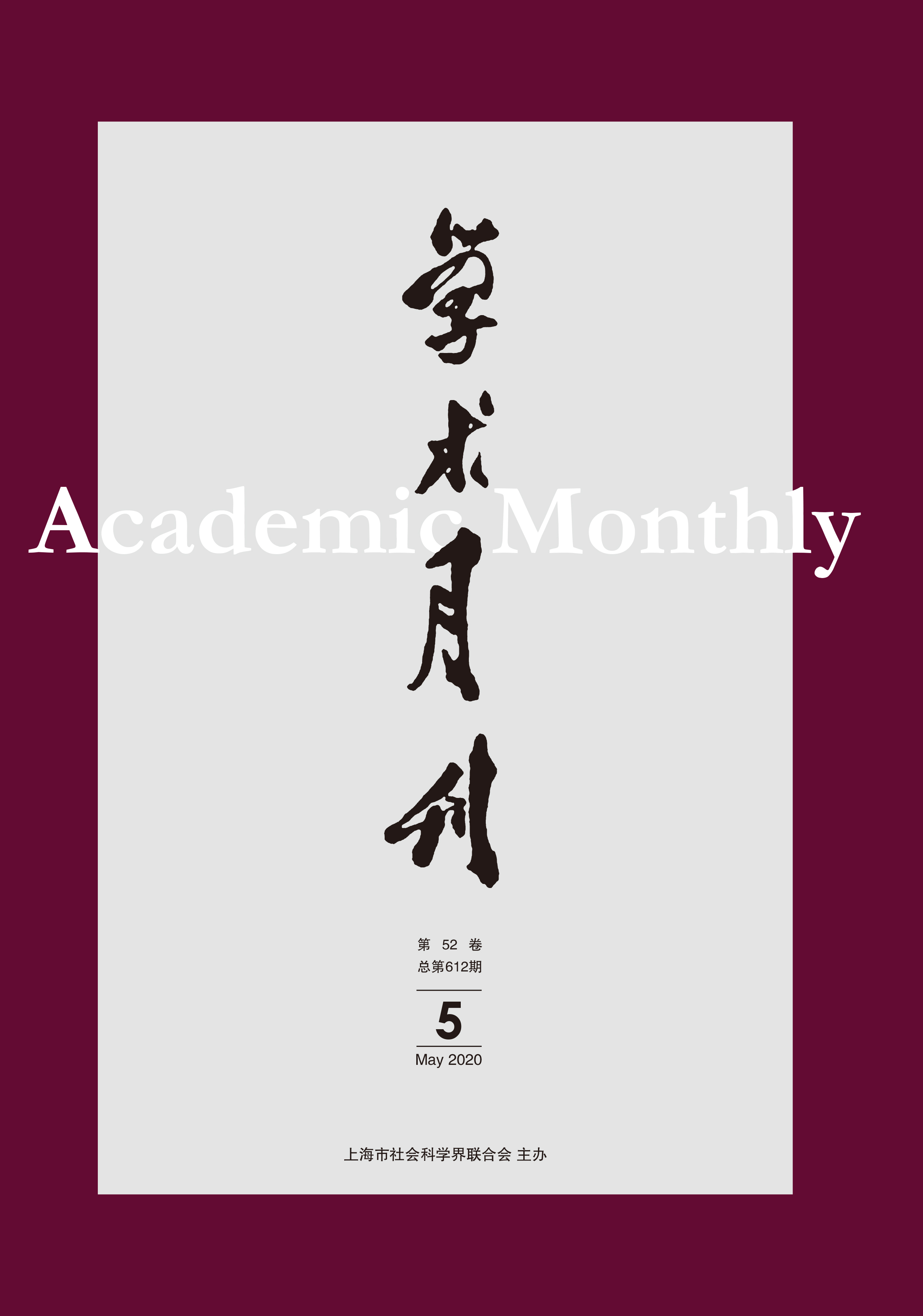Economic Performance of Institutional Change
- Available Online: 2020-05-01
Abstract: Since the reform and opening up, China has made remarkable economic achievements. These achievements are closely related to the institutional dividend released by the reform and opening up. However, in recent years, the reform has entered the deep water zone, and the opening has hit a bottleneck. The effect of institution on the economic growth needs to be reexamined. Based on the provincial panel data from 2003 to 2016, this paper empirically analyzes the effect of institutional quality on economic growth. The empirical results show that since 2003, the institutional quality and economic growth are still significantly positively correlated, but the “threshold” effect of the institution has appeared, and the institutional change improves economic performance by optimizing resource allocation and stimulating technological innovation. In the context of optimizing resource allocation, the contribution of labor migration to economic growth is significantly higher than that of capital, which is about twice the contribution of capital. In the context of innovation-driven path, the innovation and incentive efficiency of the institution is very obvious, and the contribution of institutional change to economic growth by technological innovation intermediary transmission is about 50%. The eastern part benefits more from the optimal allocation of resources, and the marginal improvement of institutional quality in the central and western parts contributes more to economic growth than in the eastern part. However, there may be problems of mismatch of innovative elements. The conclusion of this paper has policy implications to further develop the market system and improve the innovation-driven mechanism.



 沪公网安备 31010102003103号
沪公网安备 31010102003103号 DownLoad:
DownLoad: